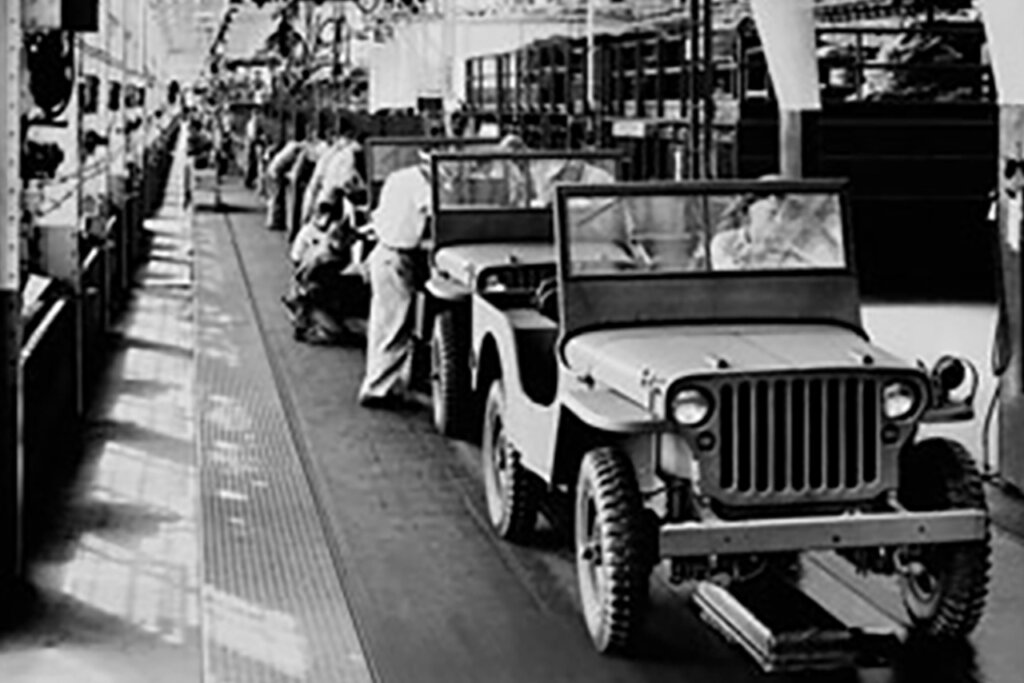
At the turn of the 20th century, the United States was on the cusp of a revolution that would change the way people lived, worked, and traveled. This transformative period saw the birth of the automobile industry, and at its forefront was Henry Ford, a visionary entrepreneur, and engineer. Ford‘s journey towards founding the Ford Motor Company, revolutionizing car production, and leaving a lasting legacy is a tale of innovation, determination, and ingenuity.

Source: Ford
The story of the Ford Motor Company begins in 1903 when Henry Ford and a group of investors founded the company. Prior to this, Ford had already made a name for himself in the automotive industry with the success of the Model A and Model C vehicles. However, it was the launch of the iconic Model T in 1908 that truly catapulted the company into prominence. Ford’s dream was to make automobiles affordable for the masses, and the Model T, often referred to as the “Tin Lizzie,” was the embodiment of this vision.

Source: Ford

One of the most notable achievements during Henry Ford’s reign as the chairman of Ford Motor Company was his groundbreaking introduction of the assembly line. In 1913, Ford implemented the assembly line at his Highland Park factory in Michigan, forever changing the manufacturing landscape. This innovative production method drastically reduced the time it took to build a car, making the process more efficient and cost-effective.

Source: Ford

The assembly line’s impact on the automobile industry cannot be overstated. It not only allowed Ford to produce cars at a much lower cost but also enabled him to pay higher wages to his workers, a move that attracted a skilled workforce and contributed to the growth of the middle class. This approach revolutionized manufacturing and set a standard for industries worldwide, becoming a key driver of the American economy.









